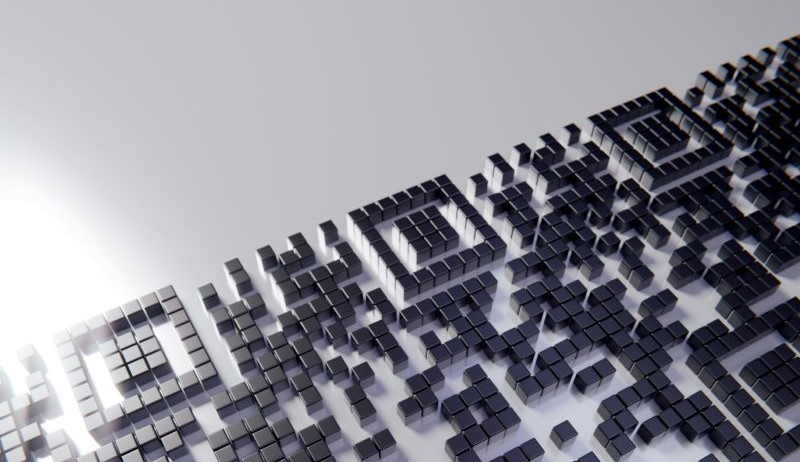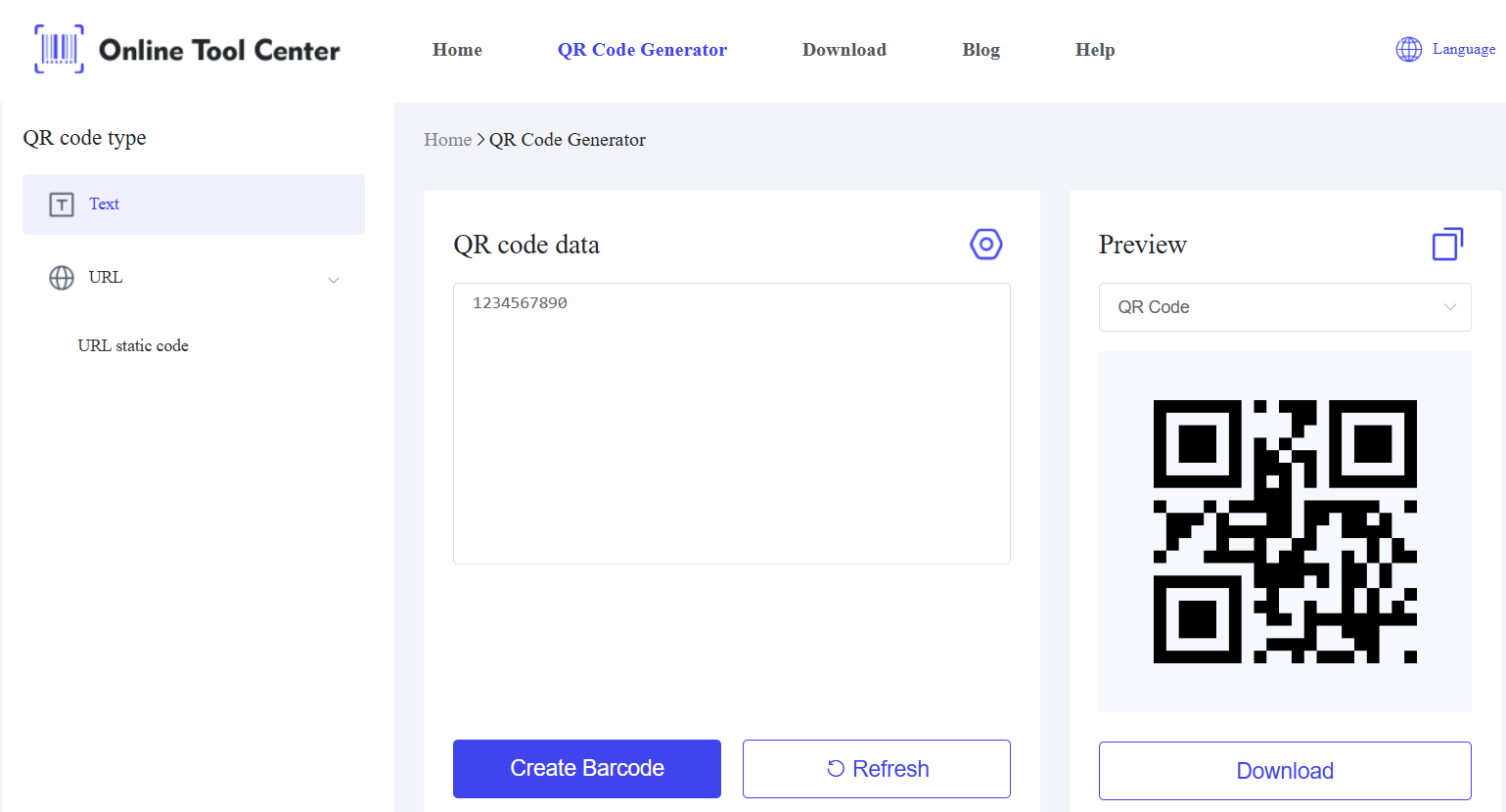With the use of QR codes in payments, logins, marketing, and digital information sharing, many people wonder: Will QR codes run out?
As QR codes become an essential part of everyday life, concerns about their availability and storage capacity have surfaced.
The short answer is: No, QR codes will not run out.
This article explains the technical principles, storage capacity, and real-world usage of QR codes, showing why their supply is virtually limitless.
We also introduce a free QR code generator that allows you to create QR codes effortlessly.
What is a QR Code? Understanding the Basics
A QR code (Quick Response Code) is a two-dimensional barcode that stores data using black-and-white square patterns.
Originally developed in 1994 by Denso Wave, QR codes were first used to track automotive parts but have since expanded into countless applications, including mobile payments, website links, and digital business cards.

How Does a QR Code Work?
A QR code consists of several key components:
Positioning patterns: Located at three corners to help scanners quickly detect the QR code.
Alignment patterns: Improve scanning accuracy by correcting distortions.
Format information: Encodes error correction level and data masking details.
Version information: Found in QR codes from Version 7 and above, indicating the QR code version.
Data and error correction codes: Store encoded information and allow error correction to recover damaged data.
Why QR Codes Are Reliable and Durable
Unlike traditional barcodes, QR codes can store significantly more data and have built-in error correction mechanisms. Even if a QR code is partially damaged (e.g., scratched, torn, or smudged), it can still be read accurately.
Do QR Codes Have a Storage Limit?
While QR codes have a theoretical storage limit, it is so large that it will never become a problem in real-world applications.
How Much Data Can a QR Code Hold?
QR codes come in 40 different versions, with module sizes ranging from 21×21 pixels (Version 1) to 177×177 pixels (Version 40).
The maximum storage capacity depends on the version, error correction level, and encoding mode:
QR Code Version | Error Correction Level | Max Data Storage (Bytes) |
Version 1 | L (Low, 7% error correction) | 152 bytes |
Version 40 | H (High, 30% error correction) | 2,953 bytes |
Common Uses and Required QR Code Storage
Despite their high storage capacity, most QR codes in daily use only contain small amounts of data. Here's how much storage common QR codes need:
● Website URLs: Usually 20–100 characters
● Text Messages: Around 300 characters
● Wi-Fi Login Details: Roughly 200–500 characters
● Payment Information: Just a few hundred bytes
Given that even the smallest QR codes can hold hundreds of bytes, and the largest ones can store nearly 3,000 bytes, the risk of "running out" of QR codes is practically nonexistent.
Why QR Codes Will Never Run Out
QR codes are created using a combination of digital encoding and error correction. Their vast number of possible configurations makes it virtually impossible to run out of unique QR codes.
Key Reasons QR Codes Will Not Be Exhausted
1. Billions of Possible Combinations
A single Version 40 QR code with L-level error correction has over 10¹⁷ (100 quadrillion) unique combinations.
Even if the entire world generated billions of QR codes daily, it would take millions of years to exhaust the possible variations.
2. Efficient Data Encoding
QR codes support multiple encoding methods (numeric, alphanumeric, byte, and Kanji), allowing for optimal space usage.
3. Advancements in QR Code Technology
Future improvements may increase capacity or introduce more efficient encoding techniques, making QR codes even more effective.
What If There's a Need for Even More QR Codes?
Even if demand for QR codes dramatically increases, enhanced QR code versions or new data encoding methods can be introduced to expand the possible combinations. QR codes are designed to evolve, ensuring they will always be available.
How to Generate a QR Code for Free
Creating a QR code is quick and easy using a free online QR code generator. Follow these steps:
1. Visit the QR Code Generator: Go to our website.
2. Enter Your Data: Input a website URL, text, contact information, or other details.

3. Customize Your QR Code: Adjust the size, error correction level, and design to fit your needs.
4. Download & Use: Click the download button to save your QR code and integrate it into your business or personal use.
Our free QR code generator also allows for custom designs, such as adding a logo or brand colors to enhance visibility and branding.
QR Codes Are Here to Stay
The fear that QR codes will "run out" is unfounded. While QR codes do have theoretical limits, their massive storage capacity and flexible encoding options make it virtually impossible to run out of unique QR codes.
As technology advances, QR codes will only become more efficient and widely used, ensuring they remain a reliable, secure, and long-term solution for digital interactions.
For those who need a quick and easy way to generate QR codes, our website offers a free, user-friendly QR code generator to create customized QR codes in seconds.
Start creating your QR codes today!




